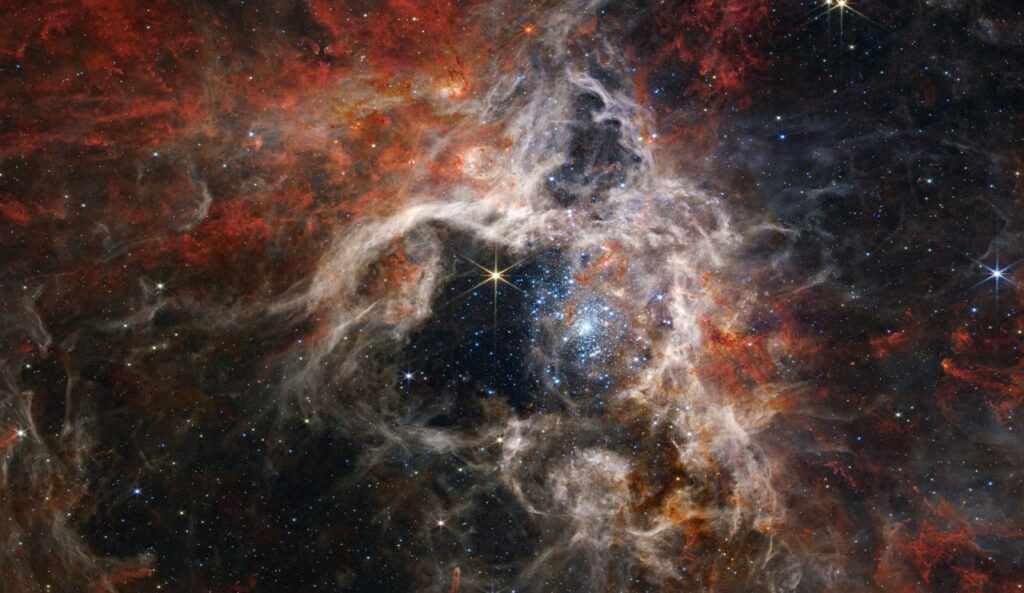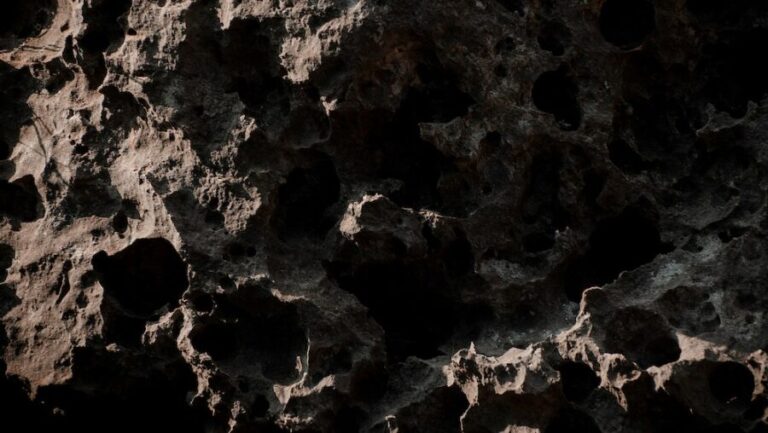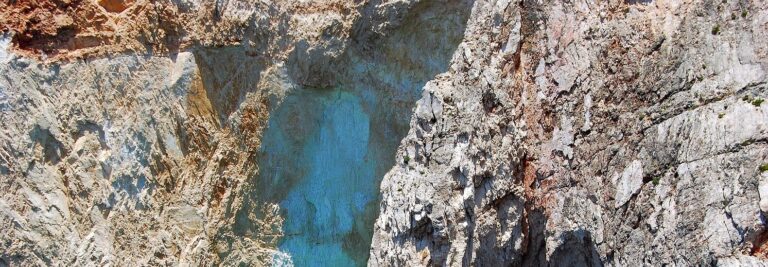
Audience
- Sentiment: Informative and optimistic
- Political Group: Generally Neutral
- Age Group: 18-35
- Gender: Both Men and Women
Overview
- NASA is studying asteroid 2024 YR4, which has a 2.3% chance of impacting Earth in 2032.
- The James Webb Space Telescope (JWST) is being used to gather crucial data about the asteroid’s size and composition.
- Understanding asteroids helps scientists predict potential risks and improve knowledge about our solar system.
Asteroids and the James Webb Space Telescope: Our Cosmic Guardians
Have you ever looked up at the night sky and wondered what lies beyond our planet? Most of us think about stars and planets, but what about asteroids? These rocky objects are more common than you might think, and sometimes they come uncomfortably close to Earth! Recently, NASA has been focusing on a particular asteroid called 2024 YR4, which is making headlines because there’s a small chance it could hit Earth in the near future. In this article, we’ll explore what NASA is doing to learn more about this asteroid with the help of its incredible tool, the James Webb Space Telescope (JWST).
What Is 2024 YR4?
First off, let’s get to know a bit more about this mysterious asteroid, 2024 YR4. It might not be a name you hear in everyday conversations, but its story is quite intriguing! This asteroid is estimated to be between 130 and 300 feet in diameter. To put that in perspective, that’s roughly the length of a football field! Despite its size, this space rock is still a tiny dot in the vast universe.
One reason this asteroid is catching NASA’s attention is that it has a 2.3% chance of impacting Earth on December 22, 2032. Now, I know this number sounds small, but in space terms, it’s significant. Imagine tossing a coin and getting heads. That’s how you can think about a 2.3% chance—it’s not very likely, but it’s not impossible either!
Why Is This a Big Deal?
Asteroids like 2024 YR4 are often described as “near-Earth objects,” which simply means they come close enough to our planet that we need to monitor them. While the chance of an asteroid hitting Earth is low, scientists take these possibilities very seriously. Why? Because past asteroid impacts have caused significant events in Earth’s history, including mass extinctions! The most famous one is believed to have contributed to the demise of the dinosaurs.
By studying asteroids, we can learn about our solar system’s formation and how such objects could possibly affect life on Earth. This is where the James Webb Space Telescope (JWST) comes into play!
Meet the James Webb Space Telescope
You might have heard of the Hubble Space Telescope, which has been providing spectacular images of the universe since it was launched in 1990. JWST, which was launched on December 25, 2021, is like Hubble’s younger sibling but with much bigger capabilities. It is designed to look deeper into space and detect objects that are farther away and dimmer than Hubble could ever see.
JWST operates in the infrared spectrum, which means it can pick up heat emitted from space objects. This is important because many asteroids and distant celestial bodies don’t reflect a lot of light, making them hard to see with regular telescopes. By using infrared technology, JWST can detect these cooler objects.
The Mission to Observe 2024 YR4
NASA has two observation sessions planned for 2024 YR4, one in March and another in May. During these sessions, JWST will perform infrared observations to better estimate the size and characteristics of the asteroid. Right now, we know it reflects sunlight, which gives us some clues about its surface, but we still don’t know what it’s made of or how dense it is.
As you might guess, figuring out the size and composition of 2024 YR4 is crucial. Knowing more about the asteroid will help scientists make predictions about its trajectory—basically, where it’s headed and whether it poses any risk to Earth. As the asteroid moves away from the Earth, it’s becoming less bright, which makes it harder for other telescopes to monitor it. That’s why the data from JWST is so essential.
The Importance of Radar Assessments
You might be wondering how scientists usually track such asteroids. Often, they use radar technology to get detailed information about the object. Radar allows scientists to bounce signals off the asteroid, which helps them understand its size, shape, and speed. However, the radar method can only be applied when the asteroid gets relatively close to Earth. This means that the time is short when they can gather all the necessary data.
That’s why JWST is taking the lead early on. By the time 2024 YR4 comes within radar range, it will be a race against time to accurately predict its path. The more information scientists can gather ahead of time, the better they can assess any potential risk. Knowing the asteroid’s trajectory will help determine whether we need to think about possible strategies to avoid a collision. Although dramatic stories about asteroid impact may fill cinemas, real-life asteroid redirection isn’t a plot twist we want to face.
The Bigger Picture
So, what does all this mean for you? Well, while the likelihood of an asteroid hitting Earth is low, it’s fascinating to think about how scientists use advanced technology like JWST to keep us safe. The universe is constantly changing, and we have so much to learn about it. Investigating asteroids like 2024 YR4 allows us to better understand not just our solar system but also the challenges our planet may face in the future.
Moreover, the research being done has implications for humanity’s future ventures into space. As we think about living on other planets or exploring deeper into the cosmos, being aware of the risks from near-Earth objects becomes even more vital. Every discovery about asteroids brings us one step closer to understanding our place in the universe and our responsibility to protect our planet.
Conclusion: Engaging with the Unknown
In a world filled with wonders, the cosmos presents endless puzzles for us to solve. Scientists are working tirelessly to ensure that we have a clearer understanding of what’s happening in outer space, and thanks to instruments like NASA’s JWST, we’re getting better at it all the time.
As we continue to monitor asteroids, we can feel a little more secure knowing that our cosmic guardians are on the job. So the next time you gaze at the stars, remember: some of those shining dots up there could be cosmic travelers that we need to keep an eye on.
What do you think about asteroids and the work that scientists are doing to keep our planet safe? Have you ever imagined what it would be like if an asteroid were headed our way? Share your thoughts in the comments below!






